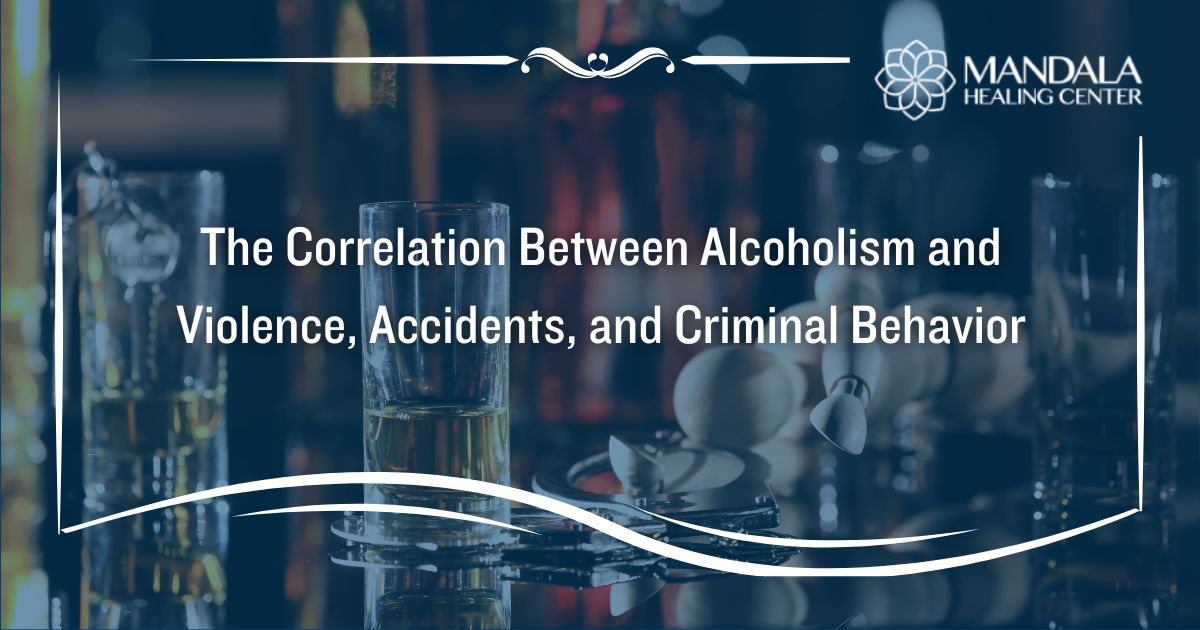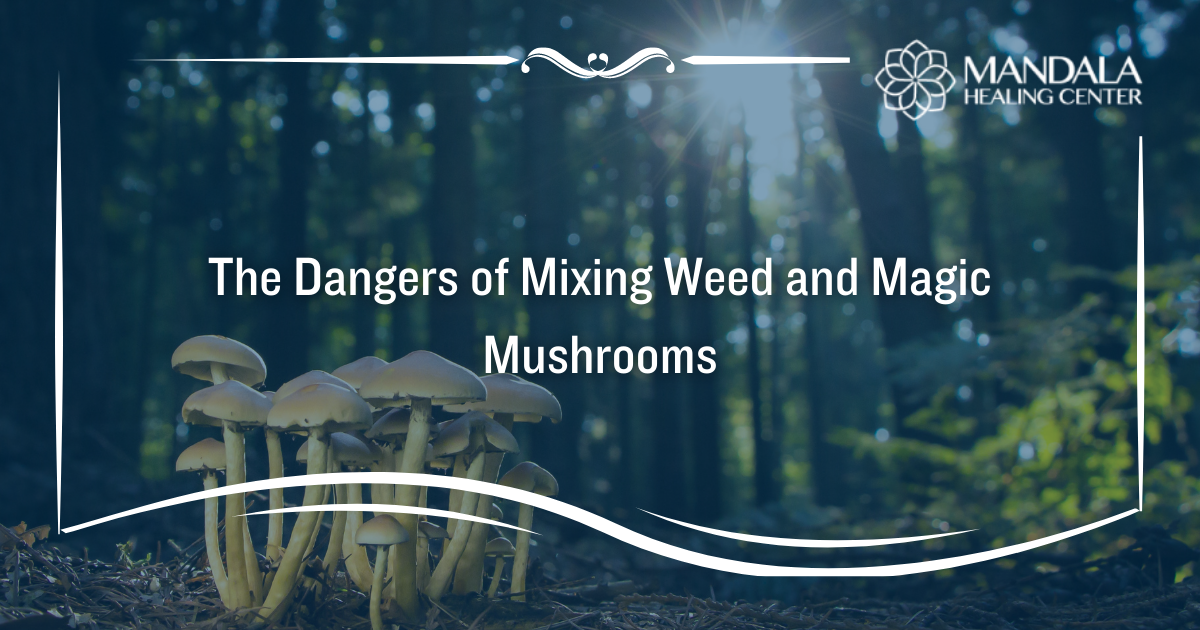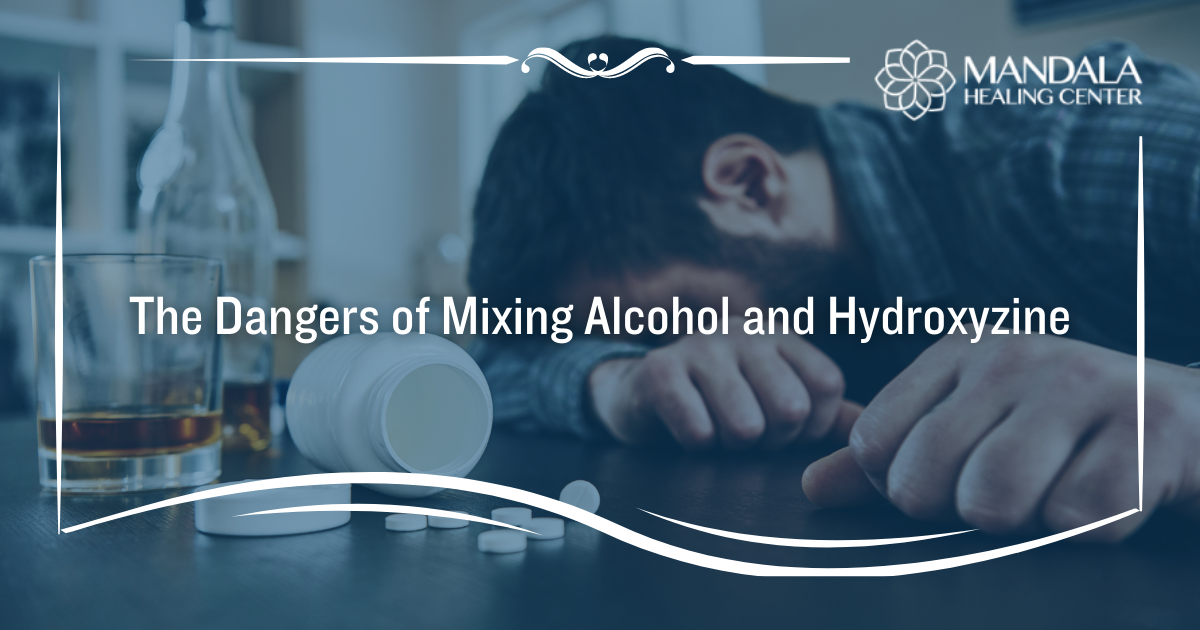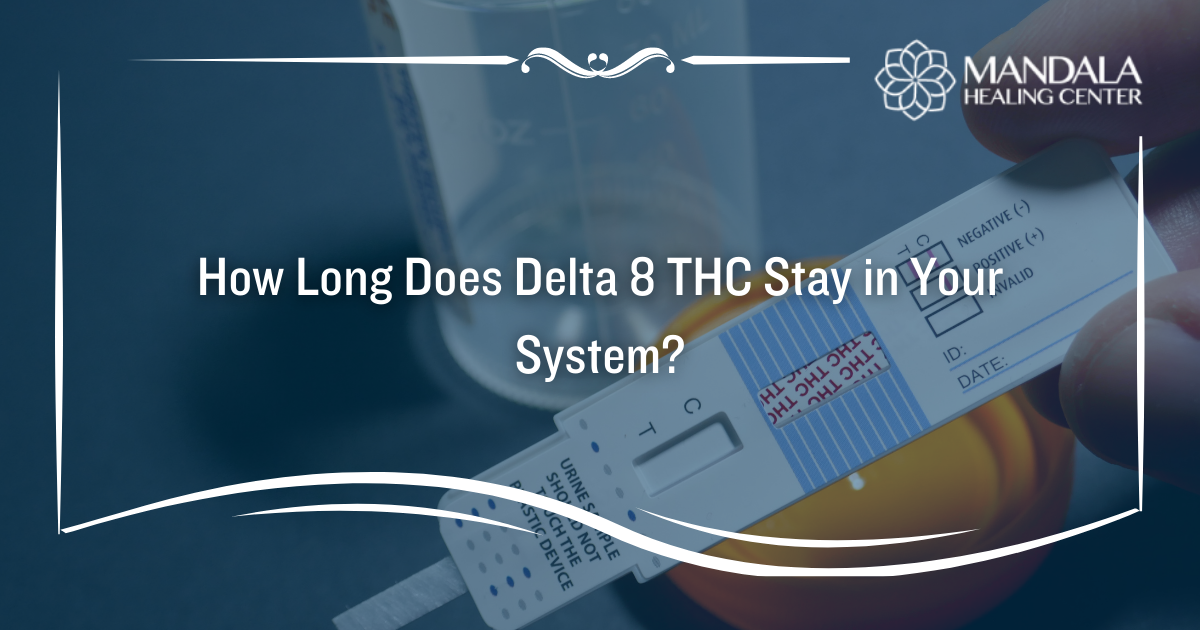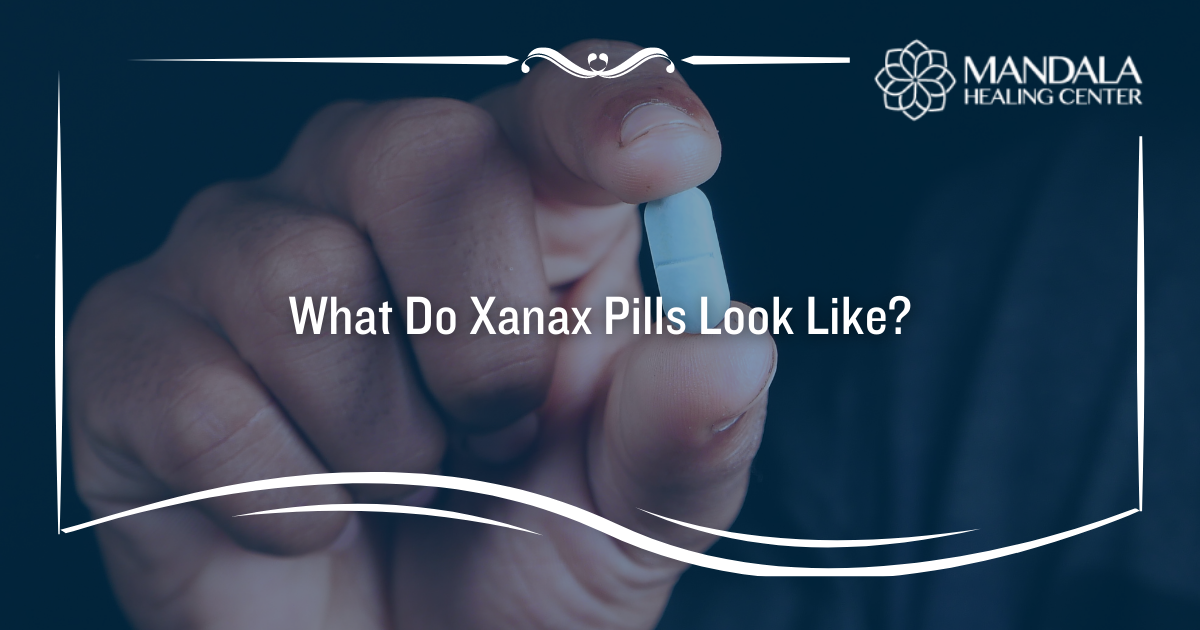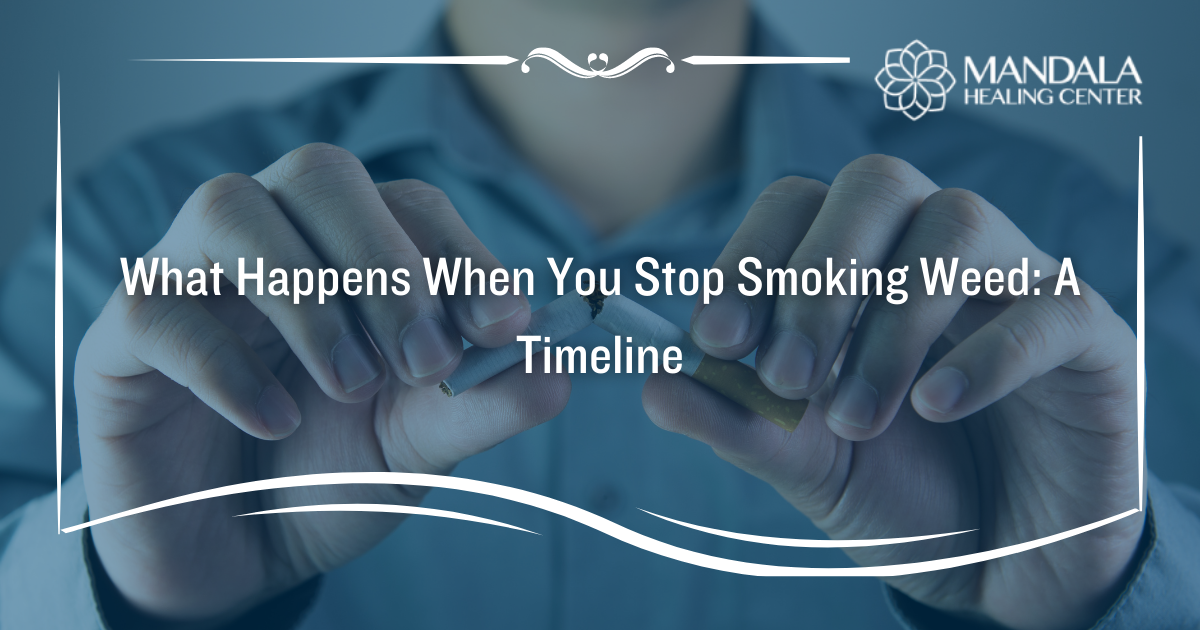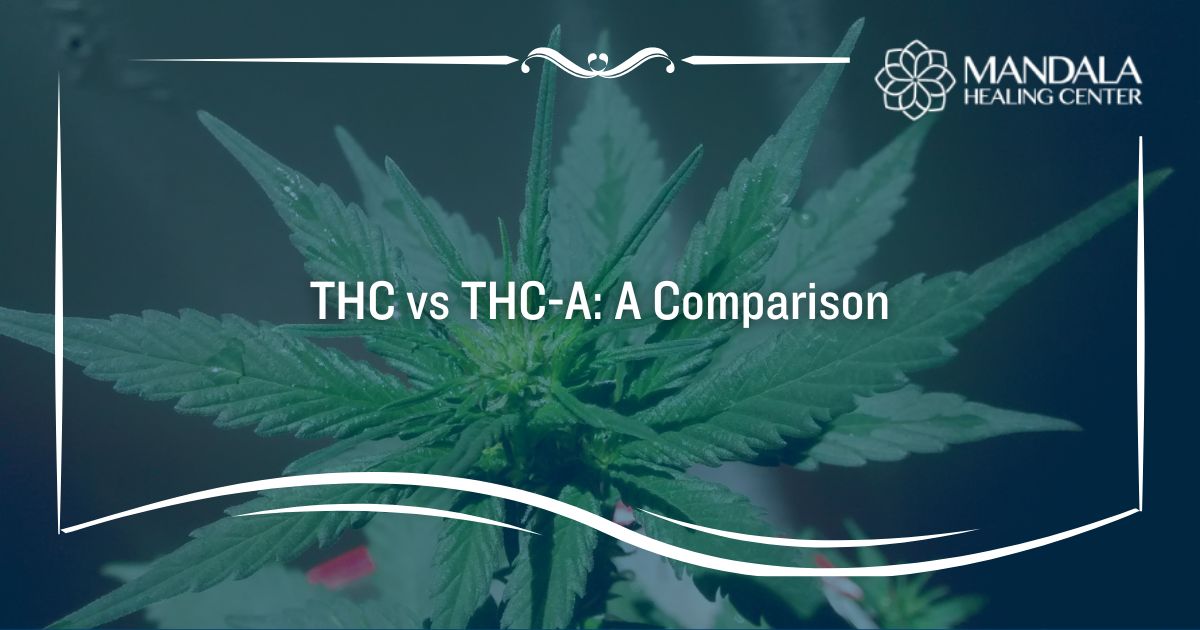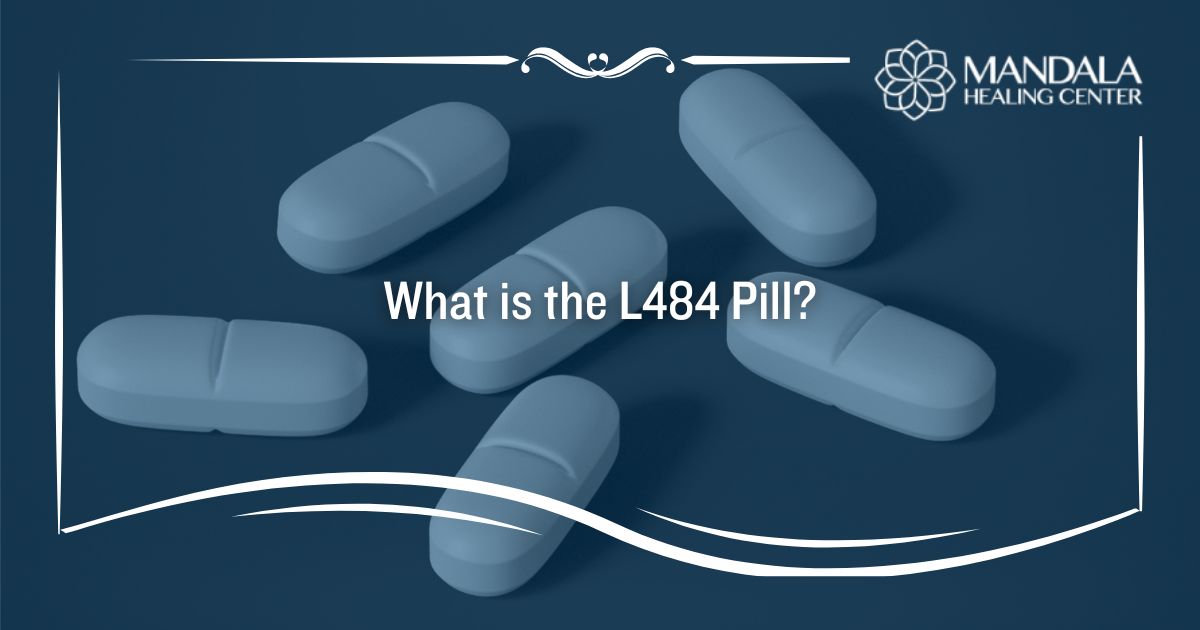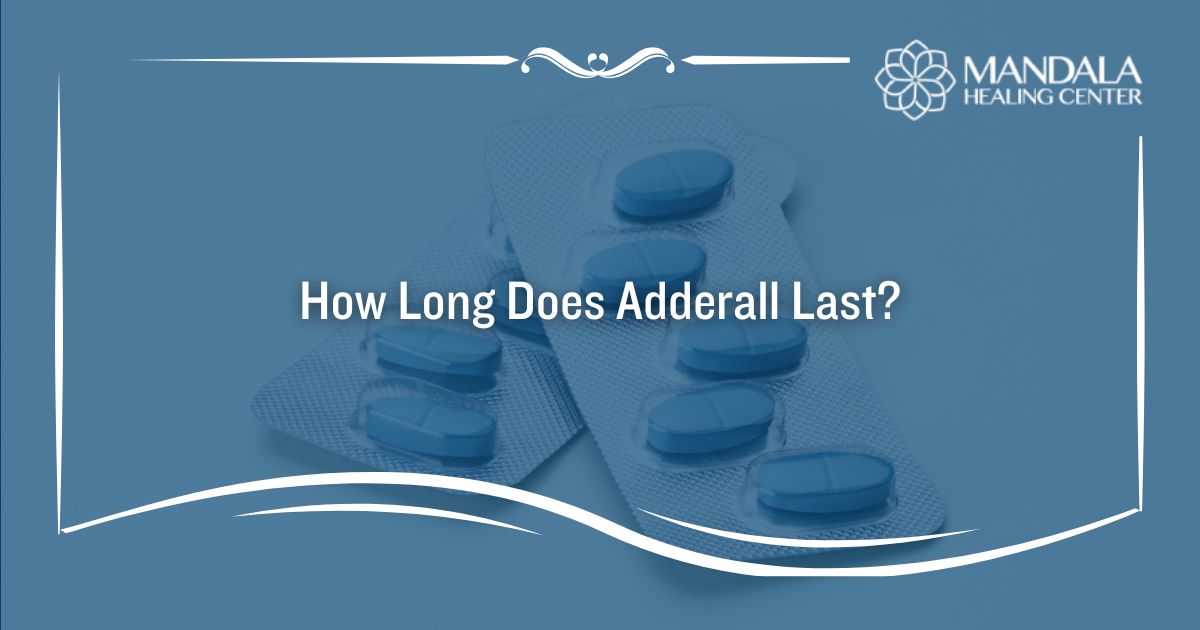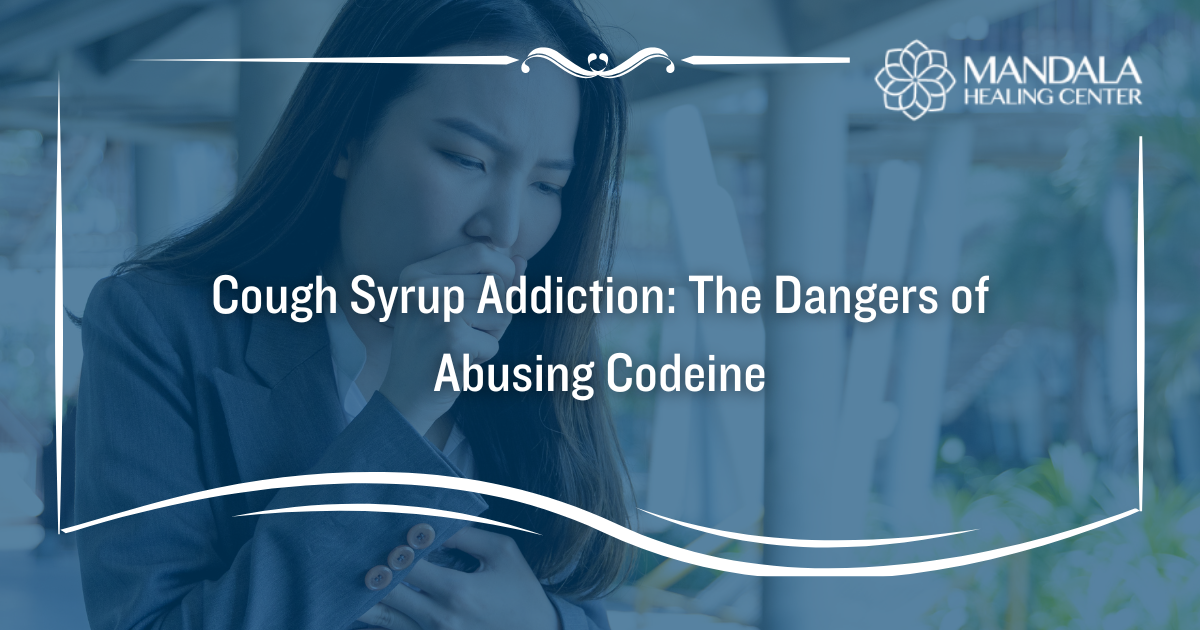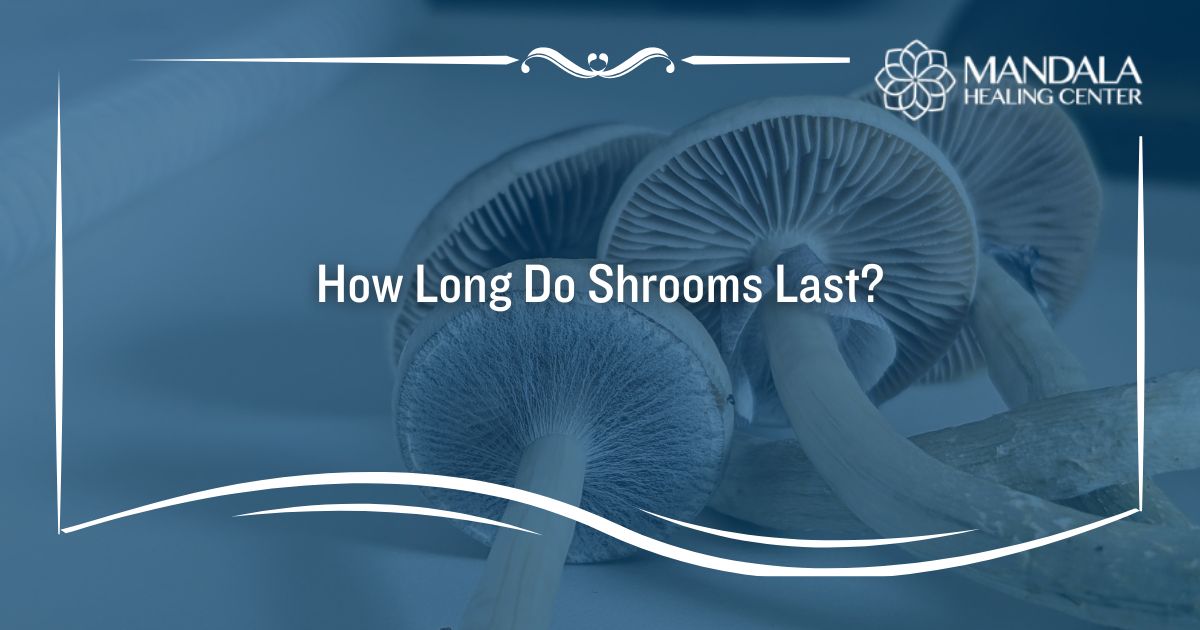Alcoholism is increasingly common in the United States, often due to the normalization of alcohol abuse in today’s society. According to the National Institute of Alcohol Abuse and Alcoholism, 29.5 million Americans aged 12 or older suffered from an alcohol use disorder in 2021.[1]
While occasional drinking is not always dangerous, some individuals have a hard time controlling the amount of alcohol they consume. Additionally, alcohol use might cause people to behave in ways atypical of their personalities when they are sober.
In fact, alcohol often plays a prominent role in violent and criminal behavior because drinking lowers inhibitions, causing people to act on impulse without thinking of the consequences. The U.S. Department of Justice reports that “nearly 4 in 10 violent victimizations involve the use of alcohol.”[2]
Because there is a clear link between alcoholism, violence, accidents, and crime, it is important to seek professional treatment when struggling with alcohol abuse and alcoholism.
The Link Between Alcoholism and Accidents
According to the Centers for Disease Control (CDC), “32 people in the United States are killed every day in crashes involving an alcohol-impaired driver—this is one death every 45 minutes.”[3]
Keeping this in mind, it is obvious that there is a connection between alcohol abuse and accidents. When you drink alcohol, your motor coordination and response times become slowed, so it is never recommended to drive when you are under the influence.
Even though drinking while driving is illegal, many people still do it. But why?
Alcohol affects your ability to make sound decisions by lowering your inhibitions, making you more likely to make poor and impulsive choices while you are drunk. As a result, you are more likely to ignore the possible consequences of driving while intoxicated, leading to an increase in vehicular and other types of accidents.
Unfortunately, the prevalence of alcohol-related accidents is only increasing. The CDC reports that “In 2020, 11,654 people were killed in motor vehicle crashes involving alcohol-impaired drivers, accounting for 30% of all traffic-related deaths in the United States. This was a 14.3% increase compared to the number of crash deaths involving alcohol-impaired drivers in 2019.”[3]
Can Alcohol Abuse Cause Violent Behavior?
Alcohol is more closely associated with violent behavior than any other mind-altering substance.[4] Even methamphetamine, a drug commonly linked to violence, is responsible for less violence than alcohol.
But why does alcohol abuse lead to violent behavior?
When you drink alcohol, it disrupts the normal functions of your brain. One of the effects of alcohol on your brain is weakened brain mechanisms responsible for controlling your impulses.[5] If you are drinking and something upsets you, you are way more likely to respond violently than if you were sober.
Alcohol abuse is also linked to domestic violence. In fact, studies have found that “40% of the reported domestic violence has the alcohol factor present during the time of the offense.”[6]
While alcoholism does not inherently cause violence, it makes people more likely to engage in it. In other words, not everyone will become violent when they consume alcohol, but someone more prone to these behaviors will have a more difficult time controlling their actions.
Does Alcoholism Increase Crime?
Alcoholism also increases the likelihood of crime for the same reasons it can make someone more prone to vehicular accidents or violence. Because your inhibitions are lowered, you are more likely to engage in behavior without considering the consequences. Additionally, if you are addicted to alcohol you might be more likely to do illegal things to obtain the substance or the money you need to buy it.
With that being said, the U.S. Department of Justice conducted a study in 1998 on 5.3 million convicted offenders. Out of those individuals, 2 million of them had been drinking alcohol when they committed their offenses.[2]
The National Council on Alcoholism and Drug Dependence also reports:[7]
- 3 million violent crimes (including rape, sexual assault, robberies, aggravated, and simple assaults) that were perpetrated under the influence of alcohol occur each year
- 37% of rapes and sexual assaults, 15% of robberies, 27% of aggravated assaults, and 25% of simple assaults occur when the perpetrator is under the influence of alcohol
- Alcohol is more likely to be a factor in violence between people who know one another
- Victims were injured in 60% of alcohol-related incidents of violence
- Inmates of state prisons reported drinking the equivalent of as many as 15 beers up to eight hours before committing their crimes
- 30% of state prisoners described themselves as daily drinkers
Find Help for Alcoholism and Alcohol Abuse Today
If you or a loved one struggle with alcoholism, professional rehab is of the utmost importance. Alcohol use disorders can significantly alter your behavior, making you more likely to get in an accident, commit a crime, or behave violently. Receiving treatment and support can prevent you from engaging in these behaviors.
To learn more about how alcohol rehab can help you regain control over your life, contact Mandala Healing Center today.
References:
- National Institute of Alcohol Abuse and Alcoholism: Alcohol Facts and Statistics, Retrieved May 2023 from https://www.niaaa.nih.gov/alcohols-effects-health/alcohol-topics/alcohol-facts-and-statistics/alcohol-use-disorder-aud-united-states-age-groups-and-demographic-characteristics
- U.S. Department of Justice: Alcohol and Crime, Retrieved May 2023 from https://bjs.ojp.gov/content/pub/pdf/ac.pdf
- Centers for Disease Control and Prevention (CDC): Impaired Driving Fact Sheet, Retrieved May 2023 from https://www.cdc.gov/transportationsafety/impaired_driving/impaired-drv_factsheet.html
- National Library of Medicine: Alcohol-Related Aggression—Social and Neurobiological Factors, Retrieved May 2023 from https://www.ncbi.nlm.nih.gov/pmc/articles/PMC3820993/
- National Institute on Alcohol Abuse and Alcoholism: Alcohol, Violence, and Aggression, https://pubs.niaaa.nih.gov/publications/aa38.htm
- National Library of Medicine: Alcohol, Aggression, and Violence: From Public Health to Neuroscience, Retrieved May 2023 from https://www.ncbi.nlm.nih.gov/pmc/articles/PMC8729263/
- National Council on Alcoholism and Drug Dependence (NCADD): The Role of Alcohol in Crime Victimization, Retrieved May 2023 from https://www.montana.edu/oha/insight/MIP%20take%20home%20fact%20sheet%201.pdf


